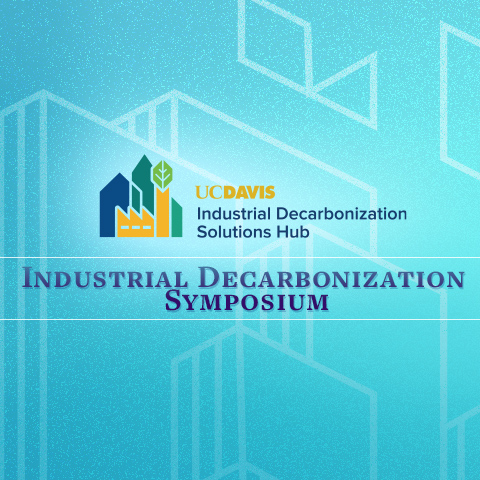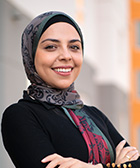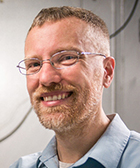Industrial Decarbonization Symposium 2024 Videos Now Available

On April 16, 2024, UC Davis hosted the second Industrial Decarbonization Symposium, bringing together more than 200 industry leaders, utilities, regulators, and researchers to collaborate on reducing carbon emissions in our industrial landscape.
Energy Graduate Group: Contact Us
Request More Information Tell us about yourself. Please complete the following fields to help us send information relevant to you. * Indicates required fields
MDSP: Contact & Support
Sabbie Miller sabmil@ucdavis.edu Department of Civil & Environmental Engineering University of California Davis
MDSP: Research and Publications
MDSP: People
Home » MDSP People Sabbie MillerFaculty Director Department of Civil and Environmental Engineering Learn More John Harvey Faculty Affiliate Department of Civil and Environmental Engineering Learn More Alissa KendallFaculty Affiliate Department of Civil and Environmental Engineering Learn More Somayeh NassiriFaculty Affiliate Department of Civil and Environmental Engineering Learn More Kelly KissockFaculty Affiliate Department of Mechanical and […]
Materials Decarbonization and Sustainability Program
Advancing the development and use of sustainable low-carbon materials such as cement and steel. Using a life-cycle approach considering extraction, manufacturing, use, function and end-of-life management to comprehensively address sustainability and functional requirements. The Materials Decarbonization and Sustainability Program is headed by Professor Sabbie Miller of Civil and Environmental Engineering at UC Davis. Visit her […]
UC Davis Industrial Decarbonization Symposium 2022
Monday, April 25, 20228:30am to 6pmConference Center at UC Davis On April 25, 2022, UC Davis hosted an Industrial Decarbonization Symposium. This in-person event brought together over 150 public and private sector stakeholders to discuss near- and medium-term opportunities for decarbonization of California’s industry. Conversations explored ways industry, utilities, regulators, and researchers can partner together to advance […]
Dessouky, Nermin

Nermin Dessouky Ph.D. candidate nadessouky@ucdavis.edu Nermin is a Ph.D. candidate in Urban Geography at the University of California, Davis. Nermin has an M.Sc. in Sustainable Development, focusing on urban policy from the American University in Cairo and a Bachelor of Architecture. Prior to joining UC Davis, Nermin worked with the Research Institute for a Sustainable […]
Alston-Stepnitz, Eli

Eli Alston-Stepnitz ecalstonstepnitz@ucdavis.edu Eli Alston-Stepnitz is a PhD Candidate in Sociology, and holds an M.A. in Sociology. Prior to UC Davis, Eli worked as a researcher in the Health Equity Institute at San Francisco State University. He is interested in decarbonization and electrification especially as they intersect with access and equity. Specifically he is interested […]
Vernon, David

David Vernon Co-Director of Engineering dvernon@ucdavis.edu David has a B.S. in Materials Engineering from the University of Wisconsin Madison, M.S. and Ph.D. in Mechanical Engineering from the University of California Davis with a focus on energy systems. David is a member of the UC Davis Institute for Energy and Efficiency, a research center focused on […]

